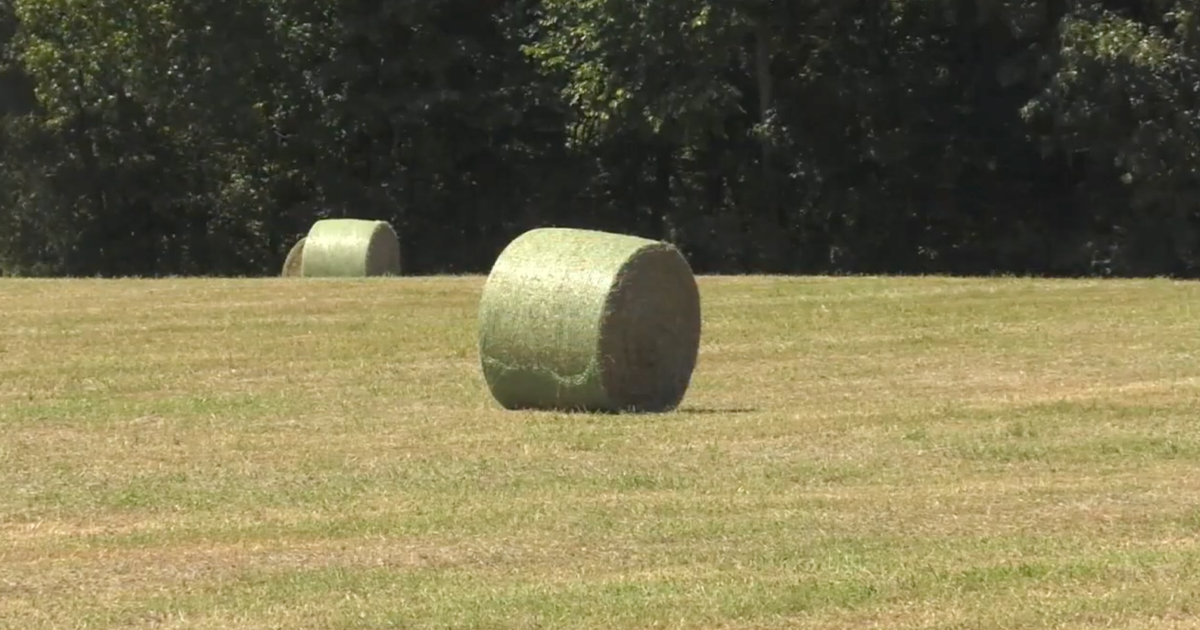Tifton, GA
Spring has officially sprung here in Georgia which means hay fields and pastures across the state will be starting to flourish – signaling a new production year for forage producers. It’s no doubt a sight they’re excited to see after battling record high inflation and mother nature this past year that took a toll on their fields.
“Before that unseasonable cold that we had, we were already kind of ten steps behind in terms of forage production in the state,” says Lisa Baxter, State Forage Extension Specialist with UGA. “When you think about fertilizer prices, chemical prices, any input that we have was up. And so, producers cut a lot of those inputs, which slowed down our forage production. You add to that every weather challenge we seemed to have last summer. We went from too hot to too cold, too wet, too dry. We never settled in an optimum and so it was really unfortunate then when we hit last fall, a lot of producers were slow getting their winter annuals in the ground because we physically could not get the drills to go in the ground because it was so dry.”
However, according to Baxter, the difficulties last season brought is just the tip of the iceberg, as she says the state has had back-to-back difficult seasons that have caused many issues for forage producers in the state, which in turn, has even resulted in a hay shortage, as hay stocks have decreased by more than thirty percent.
“I would say our hay shortage overall started back in 2021,” says Baxter. “It was above average rainfall that year. And yes, the grass needs the moisture to grow, but we hit the point where we’re getting too much moisture and cause a lot of disease issues that we can’t control feasibly in grasses, but then we also can’t get things harvested in a timely manner. So, not only are we getting fewer harvests across the year, we’re getting lower quality harvests as well. So, you kind of catapult that into our winter forage season where fertilizer prices were starting to increase, people aren’t fertilizing their winter annuals as much. We’re relying more and more on those hay stores. Problem is, then we’ve used up anything that we had in reserve. It’s gone. We used to say, ‘ah, you just had those thirty bales in the back of the farm for that rainy day.’ We had that rainy day. It’s done.”
As producers head into this year’s production season, Baxter believes the best way forward is for producers to prioritize the fields they’d like to focus on, as input costs are still high which once again will mean thinner profit margins.
“As we start moving forward into our next production season, we need to take a good, almost survey of what forage resources we have and start making a priority list. The reality is prices aren’t going to come down immediately, and so we need to protect the most acreage we can. If we know that we’ve had low forage production across the entire farm, now’s the time to pick and choose which of these fields needs the most priority. Which ones can we kind of bring back? Which ones do we need to push to the side and say, ‘when the situation improves and weather is more in our favor, we’ll renovate these later.’ So, that’s the big thing right now is that if nothing’s really regrowing, it’s the time to plan and just reflect on what our forage production been and what can feasibly be done going forward,” says Baxter.
Baxter encourages producers to reach out to their county agents if they have questions or need assistance.
By: John Holcomb

